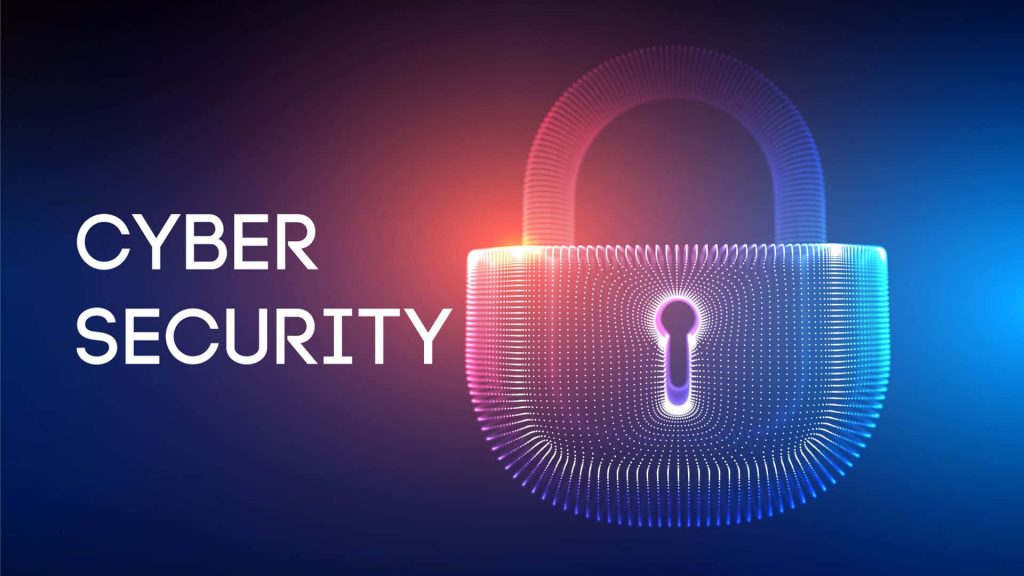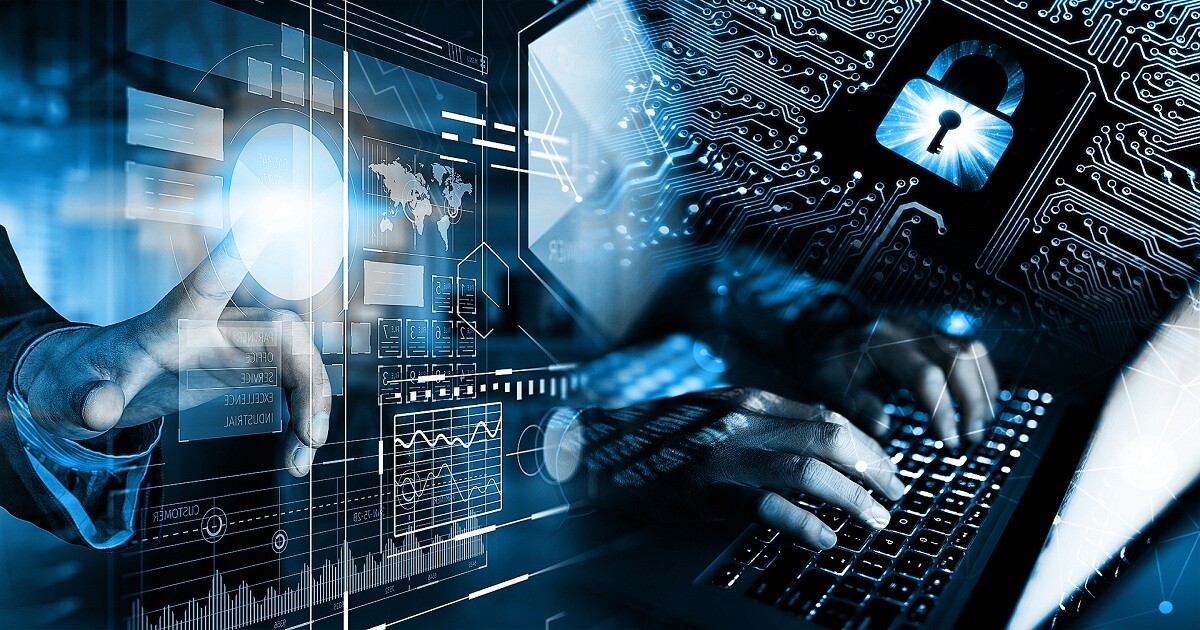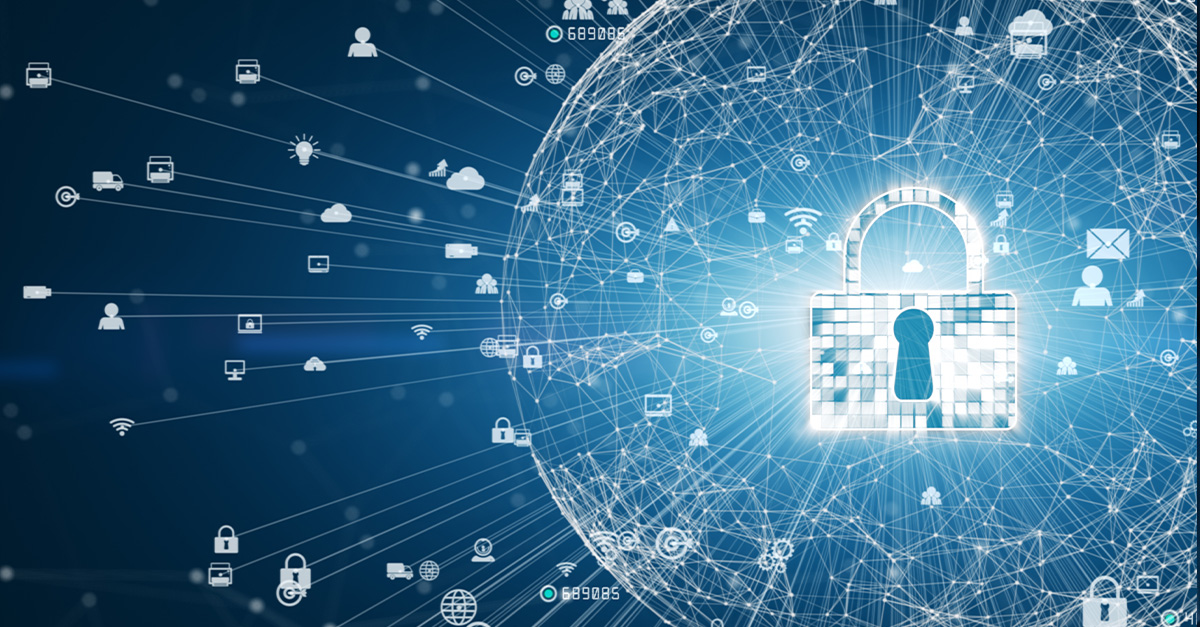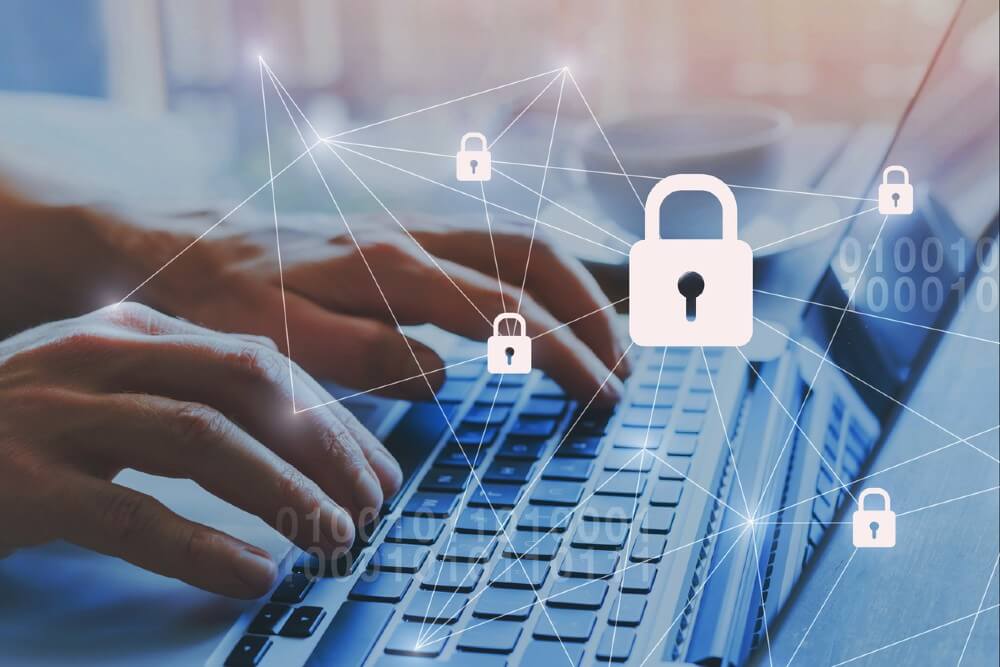Beginner Guide to Cybersecurity Essentials for Personal and Home Use
Table of Contents
- Introduction to Cybersecurity
- Why Cybersecurity Matters at Home
- Types of Cyber Threats
- Understanding Malware and Its Impact
- Protecting Your Devices
- Secure Home Wi-Fi Network Setup
- Password Management Best Practices
- Importance of Two-Factor Authentication
- Securing Smart Home Devices (IoT)
- Recognizing and Avoiding Phishing Scams
- Safe Browsing Habits
- Importance of Software Updates
- Antivirus and Anti-Malware Tools
- Backing Up Your Data Securely
- Using Firewalls Effectively
- Setting Parental Controls for Online Safety
- Secure Online Banking and Shopping
- Identity Theft Protection Tips
- Cybersecurity for Mobile Devices
- Educating Family Members on Cyber Hygiene
- The Role of VPNs in Personal Security
- Social Media Privacy Settings
- How to Handle a Cybersecurity Breach
- Understanding Cloud Security
- Email Security for Personal Users
- Recognizing Social Engineering Attacks
- Creating a Personal Cybersecurity Plan
- Cybersecurity Resources and Communities
- Legal Aspects of Cybersecurity
- Future of Personal Cybersecurity
- Final Thoughts
1. Introduction to Cybersecurity
Cybersecurity refers to the practices and technologies used to protect systems, networks, and data from digital attacks. For individuals and households, it ensures personal privacy, safeguards sensitive data, and keeps financial information secure. In a digital world, understanding the basics of cybersecurity is the first step toward building a safe digital life.
2. Why Cybersecurity Matters at Home
Cyber attacks aren’t limited to corporations or governments. Cybercriminals often target individuals because they tend to have weaker security. Everything from your home router to smart refrigerators can become entry points for hackers. Keeping your home network secure is crucial to protecting your personal information and privacy.
3. Types of Cyber Threats
There are various forms of cyber threats. Some of the most common include:
- Malware (viruses, worms, ransomware)
- Phishing scams
- Spyware and keyloggers
- Man-in-the-middle attacks
- Social engineering attacks
- Denial-of-Service (DoS) attacks Understanding these threats helps you prepare defenses against them.
4. Understanding Malware and Its Impact
Malware is malicious software designed to damage or disable computers. Common types include viruses, trojans, and ransomware. Malware can:
- Steal sensitive data
- Encrypt files for ransom
- Slow down system performance
- Spy on user activities Install a reputable antivirus program and regularly scan your system to prevent infections.
5. Protecting Your Devices
Device protection is foundational to cybersecurity. Here are best practices:
- Use antivirus and anti-malware software
- Keep your operating system updated
- Enable device encryption
- Lock your devices with strong PINs or biometrics
6. Secure Home Wi-Fi Network Setup
Your Wi-Fi router is the gateway to your digital home. Secure it by:
- Changing the default login credentials
- Using strong WPA3 encryption
- Hiding the SSID (network name)
- Updating firmware regularly
- Using a guest network for visitors
| Setting | Recommendation |
|---|---|
| Encryption | WPA3 or WPA2 |
| Password | 12+ characters, mix of letters, numbers, symbols |
| Admin Login | Unique username and password |
| SSID | Hidden from public scan |
7. Password Management Best Practices
Passwords are the first line of defense. Use:
- Unique passwords for each account
- A password manager to generate/store passwords
- Passphrases instead of simple words
- Regular password changes
8. Importance of Two-Factor Authentication
2FA adds an extra layer of security. Even if a password is compromised, the attacker can’t access your account without the second factor (usually a code sent to your phone).
9. Securing Smart Home Devices (IoT)
IoT devices like smart TVs, thermostats, and cameras can be entry points for hackers. To secure them:
- Change default login details
- Regularly update firmware
- Disable features you don’t use
- Use a separate network for IoT devices
10. Recognizing and Avoiding Phishing Scams
Phishing emails trick users into revealing sensitive data. Watch for:
- Suspicious email addresses
- Urgent messages demanding immediate action
- Attachments or links from unknown senders Never click unknown links or download unverified attachments.
11. Safe Browsing Habits
Your browsing habits can make you vulnerable. For safe browsing:
- Use HTTPS websites
- Avoid pirated content and shady websites
- Block pop-ups
- Use browser security extensions
12. Importance of Software Updates
Updates often include security patches. Always:
- Enable auto-updates on OS and apps
- Regularly check for manual updates
- Replace unsupported software
13. Antivirus and Anti-Malware Tools
Install reputable antivirus software that offers:
- Real-time scanning
- Firewall integration
- Email protection
- Ransomware detection Examples include Norton, Bitdefender, and Kaspersky.
14. Backing Up Your Data Securely
Backups protect against data loss from malware or system failure. Backup tips:
- Use external drives and cloud services
- Schedule automatic backups
- Encrypt backup data
15. Using Firewalls Effectively
A firewall monitors and filters incoming/outgoing traffic. Use both:
- Software firewalls (built into OS)
- Hardware firewalls (on your router) Adjust settings to block unwanted connections.
16. Setting Parental Controls for Online Safety
Children are vulnerable online. Use parental controls to:
- Filter inappropriate content
- Set screen time limits
- Monitor online activity
- Block specific websites or apps
17. Secure Online Banking and Shopping
For financial transactions:
- Use trusted apps and websites
- Enable 2FA
- Avoid public Wi-Fi
- Regularly monitor statements for suspicious activity
18. Identity Theft Protection Tips
Prevent identity theft by:
- Shredding sensitive documents
- Using strong, unique passwords
- Avoiding oversharing online
- Monitoring credit reports
19. Cybersecurity for Mobile Devices
Mobile security is just as important:
- Install antivirus apps
- Avoid jailbreaking/rooting
- Enable Find My Device features
- Lock your SIM card with a PIN
20. Educating Family Members on Cyber Hygiene
Teach your family to:
- Avoid clicking unknown links
- Recognize phishing attempts
- Use strong passwords
- Report suspicious behavior
21. The Role of VPNs in Personal Security
A VPN encrypts your internet traffic and hides your IP. Benefits:
- Secure public Wi-Fi usage
- Bypass geo-blocks
- Protect against ISP tracking
22. Social Media Privacy Settings
Protect your identity on social platforms:
- Limit post visibility
- Don’t share personal info
- Review privacy settings regularly
- Turn off location sharing
23. How to Handle a Cybersecurity Breach
If compromised:
- Change affected passwords
- Run malware scans
- Enable account recovery options
- Notify relevant institutions (banks, etc.)
24. Understanding Cloud Security
Using the cloud? Ensure:
- Strong access control
- Regular data backups
- End-to-end encryption
- Compliance with privacy standards
25. Email Security for Personal Users
Email is a prime attack vector:
- Don’t open suspicious attachments
- Use spam filters
- Enable 2FA
- Avoid clicking embedded links
26. Recognizing Social Engineering Attacks
These manipulate users into giving access. Common forms:
- Impersonation scams
- Tech support fraud
- Pretexting (fake scenarios) Stay skeptical of unsolicited requests.
27. Creating a Personal Cybersecurity Plan
A structured plan includes:
- Regular password updates
- Scheduled device scans
- Incident response steps
- Cybersecurity training for family
28. Cybersecurity Resources and Communities
Join online communities for updates and support:
- Reddit r/cybersecurity
- Cybersecurity forums
- Official vendor blogs (Kaspersky, Norton)
- Government resources (CyberAware.gov)
29. Legal Aspects of Cybersecurity
Understand your rights:
- Data protection laws (GDPR, CCPA)
- Reporting breaches to authorities
- Understanding digital consent
30. Future of Personal Cybersecurity
Future trends include:
- AI-driven security tools
- Quantum encryption
- Biometric authentication
- Decentralized identity systems
31. Final Thoughts
Cybersecurity is not a one-time action—it’s a lifestyle. With consistent effort, education, and the right tools, you can keep your digital life safe from threats.



